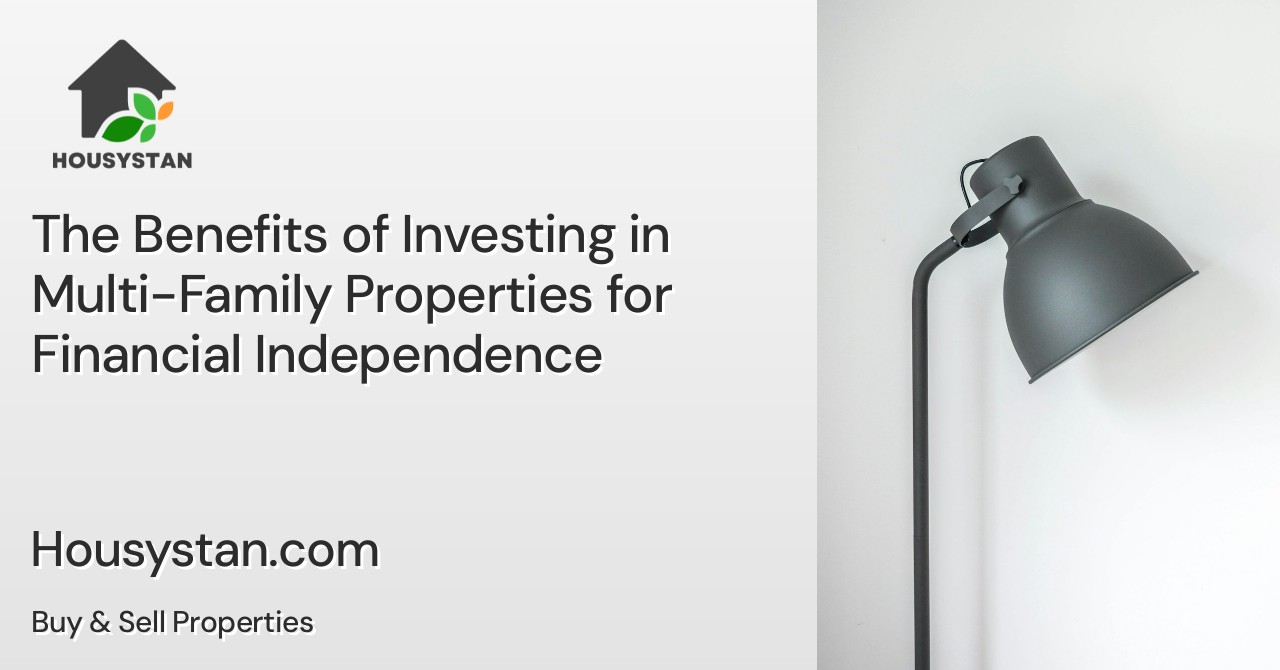The Benefits of Investing in Multi-Family Properties for Financial Independence
Read latest blogs and articles from Housystan

The Information mentioned here was last updated on:
31/12/2025Investing in multi-family properties offers a reliable path toward financial independence, especially for individuals seeking long-term wealth creation in thriving regions. Multi-family real estate, such as duplexes, triplexes, and apartment complexes, provides unique advantages compared to single-family homes. For investors in dynamic markets like Dallas, Atlanta, or Phoenix, these properties present remarkable opportunities for consistent income, value appreciation, and reduced risk, making them an attractive addition to any investment portfolio.
One significant benefit of multi-family investments is the potential for steady cash flow. With multiple units generating monthly rent, owners enjoy consistent revenue streams that can cover expenses, build savings, and fund future ventures. This diversified income means that if one unit becomes vacant, the remaining occupied units continue to generate income, reducing overall financial vulnerability. In rapidly growing metropolitan areas, high rental demand ensures lower vacancy rates and competitive rental pricing.
Another advantage is scalability. Managing several units within a single property is often more cost-effective and efficient than overseeing multiple single-family homes scattered across different locations. Maintenance, repairs, and upgrades can be centralized, saving time and money while enhancing tenant satisfaction. Local property management companies can further streamline operations, especially in competitive urban areas where professional management is crucial for sustaining high occupancy levels.
- Verified Tenants/Buyers
- Unlimited Property Listing
- Zero subscription/charges fee
Multi-family properties also offer significant tax benefits. Owners can take advantage of deductions related to mortgage interest, property taxes, insurance, and depreciation. These financial incentives improve overall return on investment, making the strategy suitable for both new and experienced investors. Additionally, markets with strong job growth and population influx, like those found in the Sun Belt region, tend to experience robust property appreciation, increasing long-term equity gains.
Finally, investing in multi-family real estate fosters community development and can positively impact local neighborhoods. By maintaining quality housing and providing desirable amenities, owners contribute to local economic growth and improved living standards. As urban centers continue to expand, demand for well-managed, affordable rental housing will remain high, ensuring sustained profitability and financial security for investors committed to building generational wealth through real estate.